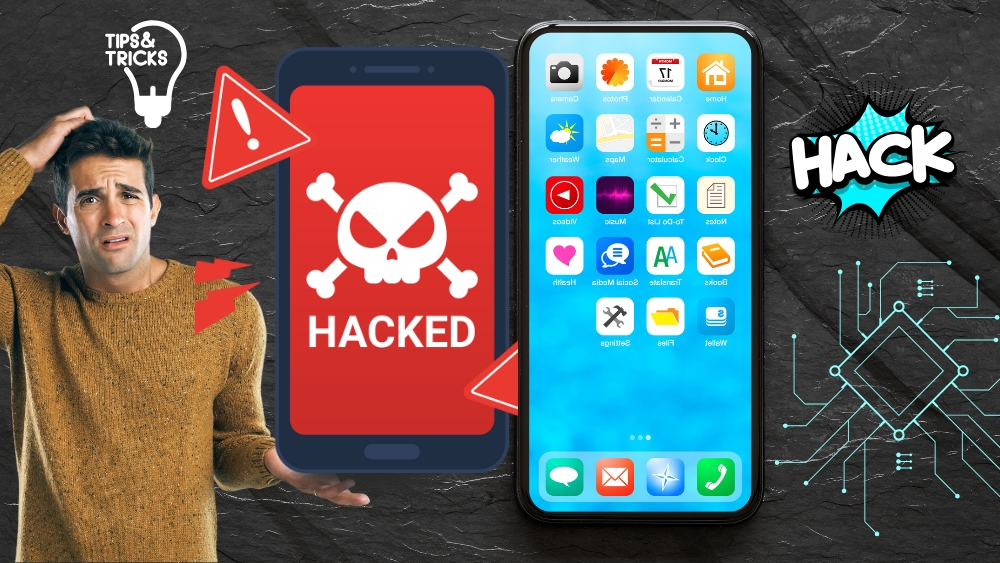
Cyberattacks are surging, fueling a boom in cybersecurity jobs. About 61% of Americans have had personal data exposed, with 44% facing multiple breaches and 6% losing count of incidents. With data breaches costing $4.88 million on average worldwide, it’s no wonder that 3.5 million cybersecurity roles could go unfilled by 2025 due to a skills shortage. Jobs for Information Security Analysts may soar 33% from 2022 to 2033, outpacing most careers, with average earnings of $124,910 annually, per the U.S. Bureau of Labor Statistics. Whether you’re a beginner or switching careers, cybersecurity is within reach. This post lays out seven simple steps to kickstart your cybersecurity journey in 2025, emphasizing learning, practice, and visibility.
7 Steps to Get a Job in Cybersecurity Without Experience
1. Check Out Cybersecurity Jobs

First, dig into the different jobs cybersecurity offers. You’ve got roles like Security Engineers, who build systems to stop hackers, or Penetration Testers, who try to break into systems to find weak spots. SOC Analysts watch for threats all day. Every job needs different skills—like quick thinking for handling attacks or being a leader for managing security teams. Hop on LinkedIn to read job posts and see what people in those roles studied or are certified in. Knowing what’s out there helps you pick a focus and not get lost in all the options. Explore how to get into cyber security with no experience by checking entry-level roles and their requirements.
2. Learn the Tech Basics
Cybersecurity needs you to know stuff like how networks work or how to keep systems safe. Start with things like TCP/IP, which is how computers talk to each other, or encryption, which hides data from bad guys. Online sites have courses for beginners—some are free, like TryHackMe, and others you pay for with more details. You should also try coding in Python or SQL to write scripts or automate tasks. Spend time getting good at these basics since they’re super important for most cybersecurity jobs. Learn cybersecurity through these platforms to build a strong foundation.
3. Practice with Real Projects

Doing hands-on stuff makes you stand out. Set up a home lab with tools like Hack The Box or Vulnhub to mess around with things like testing for weak spots or pretending to be a hacker. Try Capture The Flag (CTF) games where you solve security puzzles that feel real. Write down what you do—like if you made a tool to sniff network traffic or set up a firewall—and put it on GitHub or a blog. Showing off these projects proves to bosses you’ve got skills, even without a job yet.
4. Grab Some Certifications
Getting certified shows you know your stuff and helps you get hired. CompTIA Security+ is a great start—it’s for beginners and covers the main ideas, perfect for jobs like Junior Cybersecurity Analyst. If you like hacking, go for Certified Ethical Hacker (CEH) or CompTIA Pertest+ to learn how to test systems. Look at job ads to see which certifications companies want most. Some training programs get you ready for these exams, and sometimes companies even pay for them, so ask when you apply. Check cyber security requirements in job listings to pick the right certifications.
5. Meet Cybersecurity People

Talking to folks in cybersecurity can open big doors. Join groups online, like TryHackMe Discord or Neste Focus, where you can chat with people who love this stuff or already work in it. Go to events—virtual ones or real ones like DEF CON—to swap ideas and learn what’s new. LinkedIn’s awesome for following experts or sharing your projects. Jump into conversations, ask questions, and build a name for yourself while staying in the loop on what’s happening in the field. Share cybersecurity memes in these communities to connect and spark fun discussions.
6. Try IT Jobs First
If cybersecurity jobs seem hard to get right away, start with IT jobs like help desk or network admin. These teach you how systems and networks work, which is super useful for cybersecurity later. Lots of people switch from IT to cybersecurity in just a couple of years. While you’re there, try using tools like SIEMs or firewalls, and make sure your resume shows off that experience. It makes you look ready for the next step. This path can show you how to get a job in cyber security through practical experience.
7.Make a Killer Resume and Apply
A good resume gets you noticed for cybersecurity jobs. Put in your certifications, projects, and skills like solving problems or talking clearly. Copy words from job ads so your resume gets past computer filters. Add stuff you can measure, like “Found weak spots in a test network.” Apply for starter jobs like SOC Analyst or Junior Penetration Tester, even if you don’t have every skill listed—lots of job requirements aren’t strict. Check sites like Indeed or Cyberseek’s job map for openings, and practice explaining techy stuff for interviews.
Wrap-Up
Jumping into cybersecurity in 2025 is a huge chance since the field needs people and pays well. Follow these steps—check out jobs, learn tech basics, practice hands-on, get certified, meet people, try IT roles, and build a great resume—and you can start without any experience. Keep learning, stay curious, and don’t stop applying. These seven steps kick off your path to a cool career, keeping the internet safe in a world that’s always changing. Be mindful of your digital habits and spend productive time online to stay sharp, and consider the internet’s impact on security as you grow.



